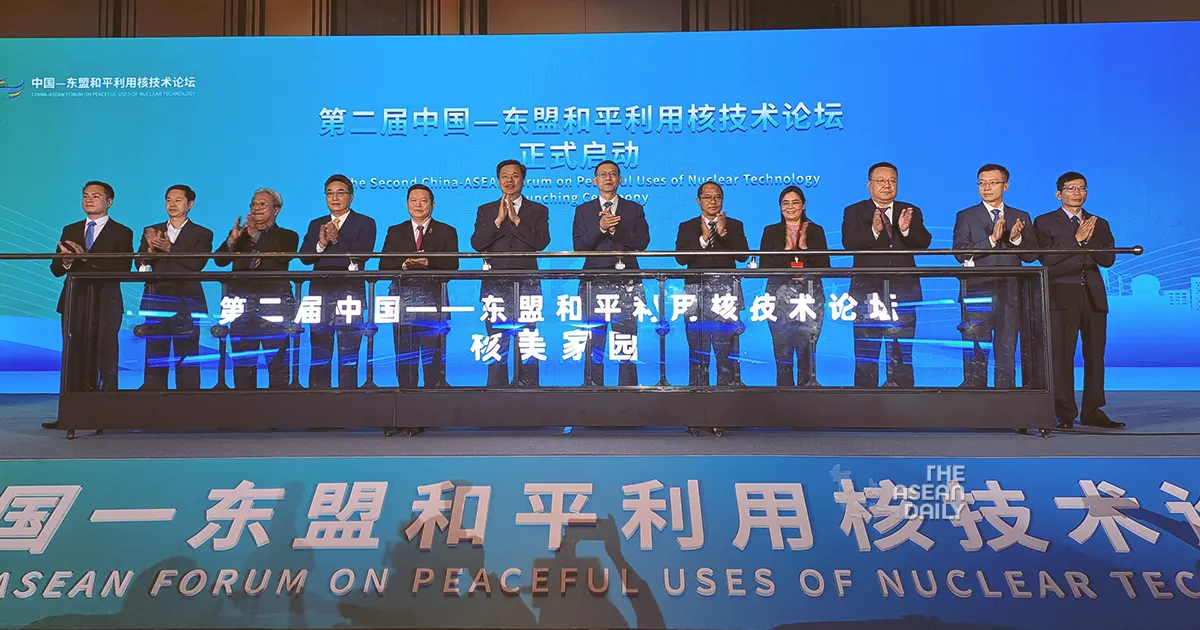Alright, folks, buckle up because Jilin province just dropped a bomb on the distributed solar scene, and honestly, it’s a bit of a head-scratcher. On April 3rd, the Jilin Provincial Energy Administration issued a notice – effectively capping the amount of excess solar power that businesses can feed back into the grid at 20% of their total generation by 2025. Seriously? Twenty percent?!

This is, quite frankly, a gut punch to anyone trying to embrace clean energy and reduce their reliance on the traditional, often dirty, power grid. They’re framing it as a measure to improve grid stability and manage capacity – and yeah, those things are important. New projects need to be ‘visible, measurable, adjustable, and controllable,’ which I get. But a hard cap like this? It stinks of protecting the old guard.
Essentially, Jilin is saying, ‘We’ll let you generate your own solar power, but don’t expect to get much credit for sharing the excess.’ It’s a blatant discouragement of energy independence and a slap in the face to businesses investing in a sustainable future. They’ll be monitoring usage, and anything over that 20%? Forget about it – no grid access for you.
Let’s talk about that grid stability for a moment. Distributed solar, when managed intelligently, increases grid resilience by diversifying supply. This policy ignores the potential of smart grids and advanced energy management systems. It’s like saying ‘cars are dangerous, let’s ban anyone from driving more than 20 miles per week’.
Here’s a little background for you: Distributed Generation (DG) and the Grid.
Distributed Generation refers to electricity generated from sources located close to the point of consumption. This reduces transmission losses.
Historically, power grids were centralized – meaning electricity flowed one way from large power plants. But DG challenges this model, creating a more dynamic and resilient network.
Managing DG requires sophisticated grid infrastructure and control systems to maintain stability and ensure reliable power delivery.
Smart grids, utilizing advanced communication technologies, are essential for optimally integrating DG into the grid. These systems predict, manage and respond to fluctuations.
Policies like Jilin’s, hindering DG access, stifle innovation and slow the transition to a cleaner, more sustainable energy future. This is short-sighted, and I’m calling it out.






